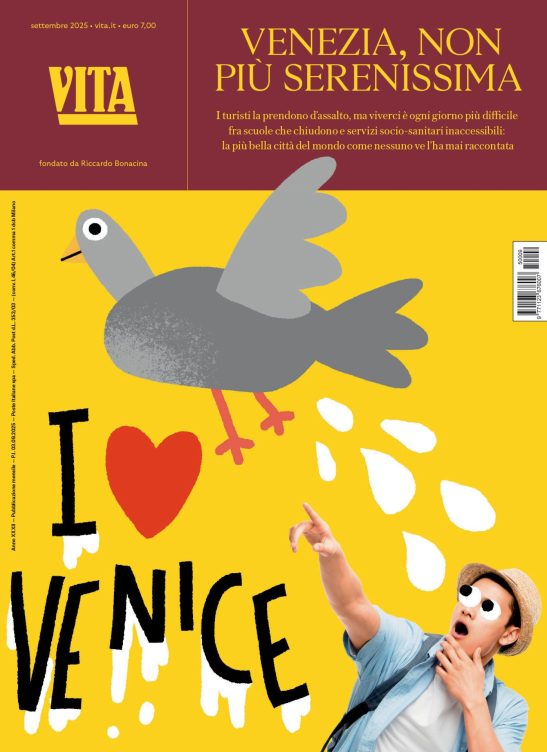1. Interview with Barbara Eros, Project Manager, Foundation for Development of Democratic Rights (DemNet), Budapest. 17 March 2010.
2. Interview with Peter Nizak, Senior Manager, Open Society Institute (OSI), Budapest. 24 March 2010.
3. Interview with Anna Mária Bartal, Associate Professor, Pazmany Peter Catholic University – Institute of Sociology, Budapest. 28 March 2010.
4. Statisztikai Tükör, Central Statistical Office, 2009/192, III. 19 December 2009.
5. “Non profit organisations in Hungary 2008”, Central Statistical Office, Budapest, 2010.
6. European Values Survey 2008.
7. Czike, K. and Kuti, K. “Volunteer Motivations Study,” 2006.
8. Kovács, B. and Molnár, B. “Hungary.” Nations in Transit, 2009.
9. Nagy, R. and Sebestény, I. “Methodological Practice and Practical Methodology: Fifteen Years in Nonprofit Statistics.” Hungarian Statistical Review, Special Number 12.
10. Kuti, E. Civil Europe – Civil Hungary. European House, 2008.
11. “The 2008 NGO Sustainability Index.” USAID, 2008.
13. Addarii, F., Deakin, C and Elsworth, S. “Lessons from Abroad: the third sector’s role in public service transformation.” ACEVO, 2008.
14. Statistical Reflections, Issue 5 of volume III. Hungarian Statistical Office, April 2009.
15. “Hungary.” www.usig.org. 2009.
16. Bullain, N. “Learning points from the National Civil Fund in Hungary.” Infoleht nr. 3-4. European Center for Not-for-Profit Law, 2007.
17. Bullain, N. “Hungary’s legal environment for endowment building.” Trust for Civil Society in Central and Eastern Europe. 2003.
18. Csóka, I. “Between the Governmental and Civil Sectors in Hungary.” The International Journal of Not-for-Profit Law. Vol. 3, Iss. 1, September 2000.
Nessuno ti regala niente, noi sì
Hai letto questo articolo liberamente, senza essere bloccato dopo le prime righe. Ti è piaciuto? L’hai trovato interessante e utile? Gli articoli online di VITA sono in larga parte accessibili gratuitamente. Ci teniamo sia così per sempre, perché l’informazione è un diritto di tutti. E possiamo farlo grazie al supporto di chi si abbona.
